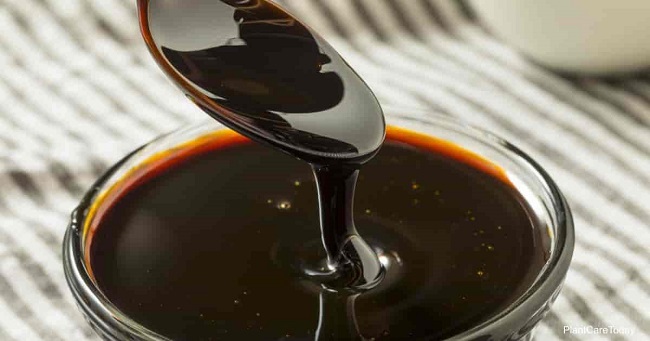
If you have been growing hydroponically for a while, you may have heard of some hobbyists adding molasses to their nutrient solution, or you may have even tried this yourself, without knowing exactly why this might benefit the plants.
Photosynthesis
One advantage plants have over animals is that they can produce their own food through photosynthesis. The process may be complex, but the components are quite simple. We all know that plants need water and sunlight to survive, and plants remove carbon dioxide from the air. Sunlight provides an energy source, and through photosynthesis the other two inorganic compounds, carbon dioxide and water, are used to produce the end products which include glucose and oxygen.
So, if plants are so good at making their own food, then why do we feed them nutrients and why would we consider adding carbohydrates? Plants use large amounts of energy while conducting the process of photosynthesis to create sugars. They then use those carbohydrates for growth processes. Carbohydrate use is at its peak when plants are burning carbohydrates to produce fruit, vegetables, or blooms. By supplementing carbohydrates with high quality organic sugars, in the correct proportion, plants can save some of the energy they would normally use for photosynthesis.
Beneficial Microbes
Smart organic soil based, and hydroponics gardeners realize the benefit of encouraging beneficial microbes in soil, soil less growth medium and nutrient solutions. This is generally accomplished by adding various microbe rich inoculants to the nutrient solution or soil. These inoculants come in the form of ready-to-use products or various compost or compost teas. Once introduced, many beneficial bacteria and carbon-fixing bacterial fungi will live on the sugars present in their environment and will break them down into more usable forms for the plants. This, again, allows the plant to use energy usually spent breaking down sugars for other processes. The more beneficial bacteria and fungi, the easier nutrients are absorbed by the roots. All this leads to improved flowering and overall health of the plants.
In testing the effectiveness of various growing environments there is a meter, called a Brix meter, which is often used. The brix meter measures the level of sugars in the leaves of plants. It is generally understood that the higher the level of sugars within a plant’s tissue, the healthier the plant is and the better the yield and flavor of produce will be. This article does a good job explaining Brix refractometer is and how they work.
John Berends is a freelance writer and master gardener.
Related Articles & Free Email Newsletter Sign Up
Getting to Know 5 Common Hydroponics Growing Media
How to Grow Great Hydroponic Peppers
The Important World of Soil Microorganisms That You Can’t See




Comment here